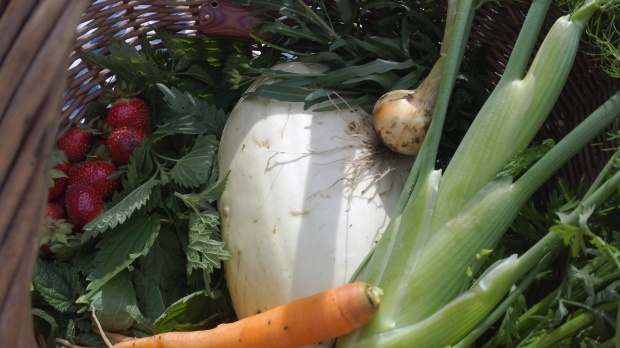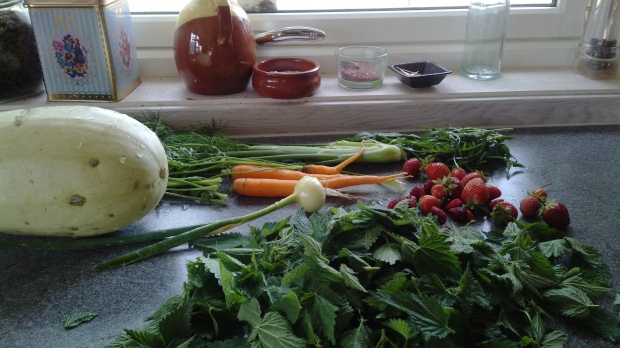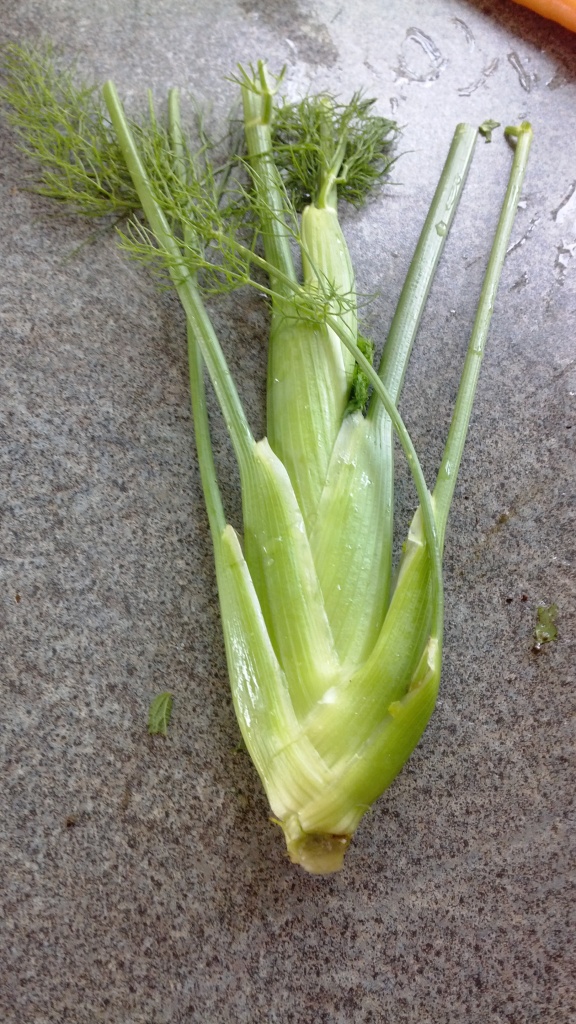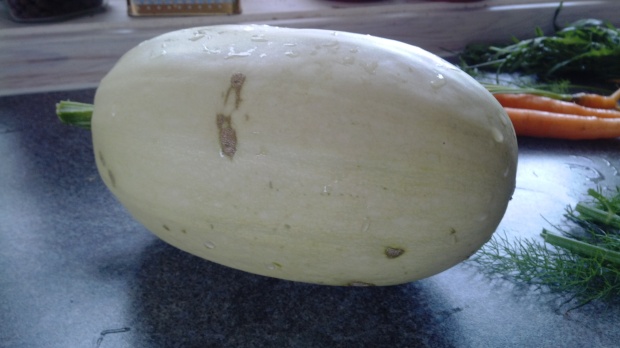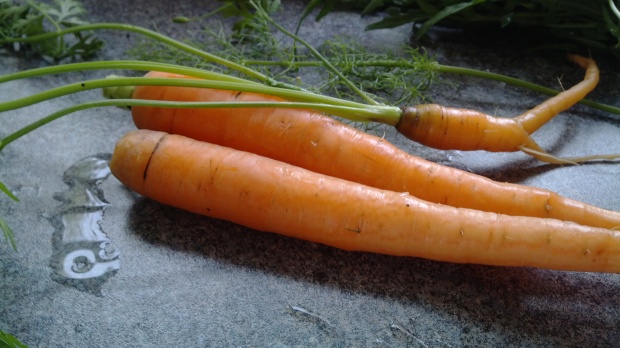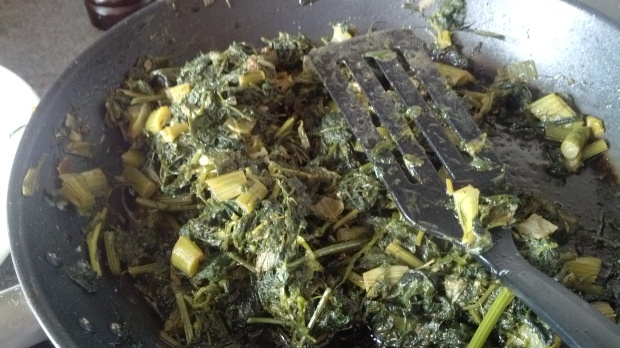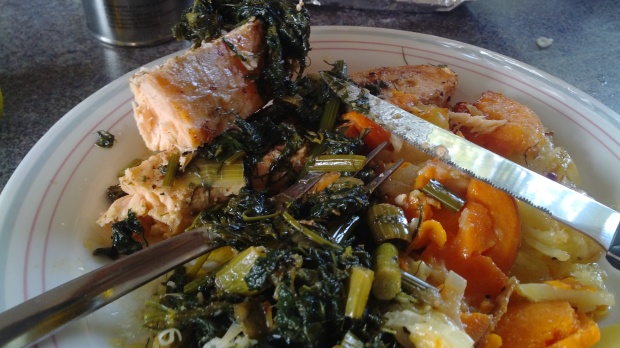
The first feeble sprouts of stinging nettle are bursting out of their perennial root system in my garden. After attending a course last year about using wild plants for cooking, I’ve realized the boundaries between “weed” and “herb” are conventions. In nature there are thousands of delicious edible wild plants, and most of them just as nutritious, maybe even more so, than our cultivated plants. Stinging nettle is one of them. Its taste reminds of spinach, and it’s crammed with nutrients like iron, vitamins and other important trace elements. My dad often made nettle soup when I was little, so cooking with nettle holds quite some nostalgia for me.
You can pick the sprouts in spring, or harvest the tips off the bigger plants throughout summer. Use them as you would spinach – how ’bout sautéed, in a pie, in salad, in pesto or a stew? Yummy. This simple brew (though it’s not quite right to call it “tea” when there’s no actual tea involved, but meh. Blame the networking effect) is prepared by soaking newly picked or dried nettles in hot water for 5 – 15 minutes, depending on taste. Though I gotta say this drink gives you the most when it’s quite strong. It has an umami feel (at least that’s my take), flawless health benefits, and it’s great in the morning.



Another perk when viewing wild plants this way is that suddenly they’re not your enemies anymore! You welcome them rather than feeling resentful for not using all you might to get rid of them. Plenty of nettle, dandelion and goutweed (all delicacies) grow in my garden, and they’re my friends now. I feel privileged to be able to feast off of nature’s pantry in abundance.
I also made this delectable egg salad with today’s loot of nettle and goutweed:
 So … not much of it left now. The salad, I mean. Looking forward to experiment more with the edibles of the local flora this summer – there will very probably be more posts on the subject.
So … not much of it left now. The salad, I mean. Looking forward to experiment more with the edibles of the local flora this summer – there will very probably be more posts on the subject.
